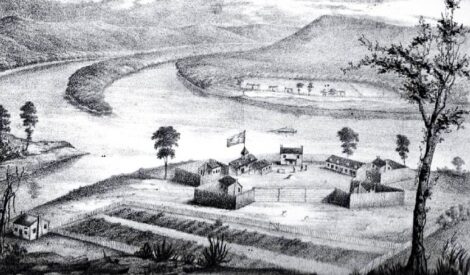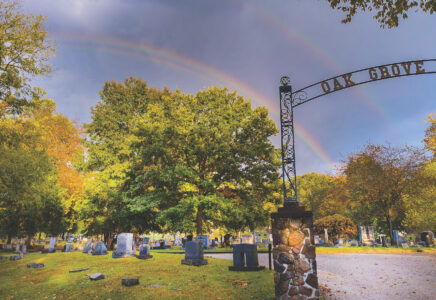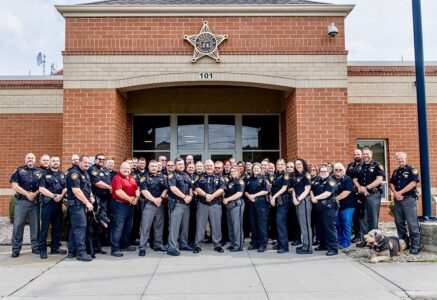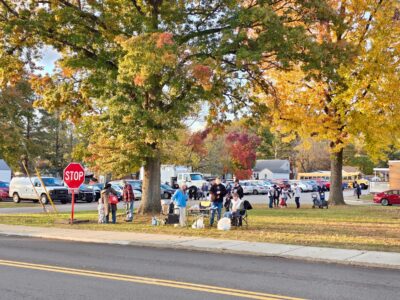Industries at derailment site to be assessed through vapor intrusion study
EAST PALESTINE — With both the Environmental Protection Agency and Norfolk Southern reporting all contaminated dirt has been removed from the site of the Feb. 3 Norfolk Southern train derailment, possible contamination inside the businesses located at ground zero and potentially in the soil underneath the structures — particularly CeramFab — is yet to be fully assessed and determined as laid out in Appendix E of the Characterization Work Plan for Derailment-Area Soil.
“We got a vapor intrusion plan with the EPA right now. Once that gets put into place, we will know specifically what we are looking at,” said Norfolk Southern’s Manager of Environmental Operations Bob Scobie. “With CeramFab, we do have one area where we have to take samples right next to the building again. That’s under a different plan, but we have a vapor intrusion plan where we get into the buildings and we look for things and we pull air and see if we are getting any vapors of anything coming into those buildings and structures. That’s a yearlong process of sampling and analyzing the air inside that building.”
The 80,000-square-foot CeramFab building sits right next to where the train derailed and directly next to what unified command refers to as Car Scrapping Area 4 (where burned out cars were dismantled for disposal).
According to Appendix E, reported odors inside the building reflect the need for ambient air, indoor air, and sub-slab vapor sampling. The plan also said that “potential preferential pathways” will also be considered and identified.
“Appendix E, which is in the full characterization plan, is to do vapor intrusion study in four commercial facilities,” EPA Response Coordinator Mark Durno said. “We want to make sure through vapor intrusion and soil sampling that contaminants didn’t migrate under those buildings. That is really important. If we do see that that has happened, there’s obviously going to be more work that needs to get done.”
Aside from CeramFab, Brave Industries and U.S. Stonewares and Strohecker Industries will also be assessed during the vapor intrusion study.
In June, Norfolk Southern’s Regional Manager of Environmental Operations Chris Hunsicker said the buildings on the site would be included in plans that had to go through the regulator and an approval process. Hunsicker said soil tests on the outside were completed and plans to test the air inside were being written. He also said that environmental teams were assessing the groundwater beneath the faculties and trying to evaluate areas where there might be or have been an exposure and how to address if there was. At the time, Husicker any demolition of buildings on the site was unlikely but not impossible.
Demolition wasn’t discussed by the EPA on Friday or by the railroad on Monday when asked what remedy would be performed if elevated levels are detected in the vapor intrusion sampling. Norfolk said if high levels are found, a mitigation plan would be put into action, but did not elaborate on the details of that plan.
As for houses and other structures on or near the derailment site, Scobie said they are not included in the vapor intrusion plan.
“We got four industries that we are looking at for vapor intrusion that were directly affected. It’s ongoing and part of the next phase,” he said. “We are in agreement with the EPA that we don’t see a pathway for the contaminants to get into houses.”





